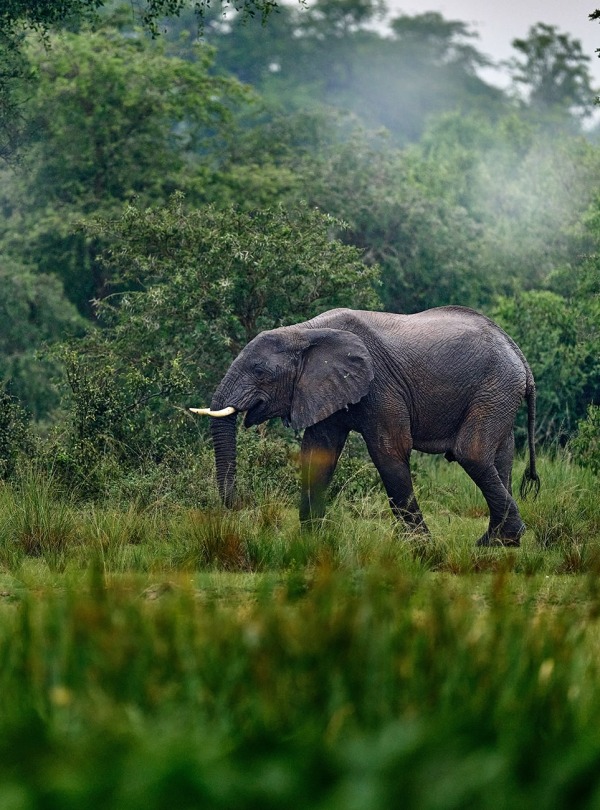Rare amphibian and plant species found only in the ancient cloud forests of Cameroon face extinction due to unregulated land clearing, logging, and poaching.
-
Species at Risk
Smooth Egg-guarding Frog (CR), Tandy’s Smalltongue Toad (CR), Cameroon Wolterstorff Toad (CR), African Forest Elephant (CR), Chimpanzee (EN), Rumpi Mouse Shrew (EN)
-
Carbon stored
25,568,556 mT*
*(metric tons of CO2 equivalents) -
Partner
AJEMALEBU
-
106,900 Proposed Acres Conserved by
Designation
-
Project Cost: $1,503,001
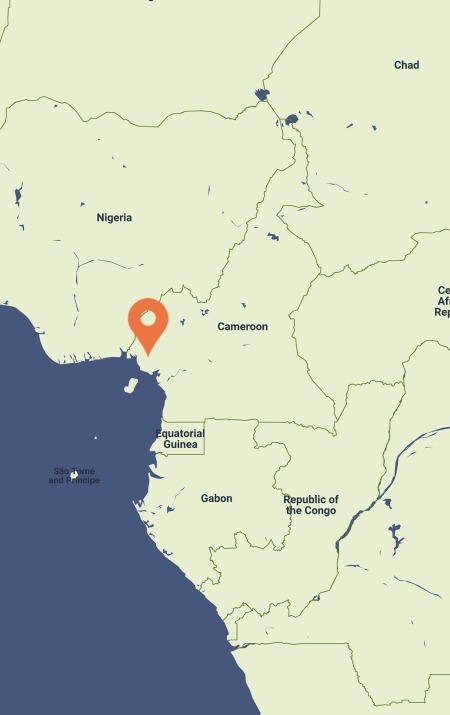
106,900
Rare amphibian and plant species found only in the ancient cloud forests of Cameroon face extinction due to unregulated land clearing, logging, and poaching.
-
Species at Risk
Smooth Egg-guarding Frog (CR), Tandy’s Smalltongue Toad (CR), Cameroon Wolterstorff Toad (CR), African Forest Elephant (CR), Chimpanzee (EN), Rumpi Mouse Shrew (EN)
-
Carbon stored
25,568,556 mT*
*(metric tons of CO2 equivalents) -
Partner
AJEMALEBU
-
106,900 Proposed Acres Conserved by
Designation
-
Project Cost: £1,192,857

106,900
DID YOU KNOW?
The rare cloud forest tree Microcos rumpi can grow to a height of 130 feet.
A chain of volcanoes stretching 1,000 miles from Annobón Island in the Gulf of Guinea inland to the Cameroon Highlands hosts some of western Africa’s oldest montane, evergreen, and cloud forests, including an extremely important, biodiverse region in the Rumpi Hills of Mount Rata. This area receives heavy rains and supports rare amphibian and plant species found nowhere else in the world.
The presence of the Critically Endangered Smooth Egg-guarding Frog, Tandy’s Smalltongue Toad, and Cameroon Wolterstorff Toad highlight the importance of this region for rare amphibians. The forests are also home to Critically Endangered African Forest Elephants, Endangered Chimpanzees, and various antelope species. The rich biodiversity is threatened by increased land clearing for commercial and subsistence agriculture, illegal timber exploitation, and poaching.
Rainforest Trust and our partner, AJEMALEBU Self Help (Ajemalebu meaning “Nature’s Gift for Man”), will support a project to merge and upgrade two contiguous Forest Reserves here in the mountains into one National Park called Rumpi Rata National Park.
Explore the proposed Rumpi Rata National Park
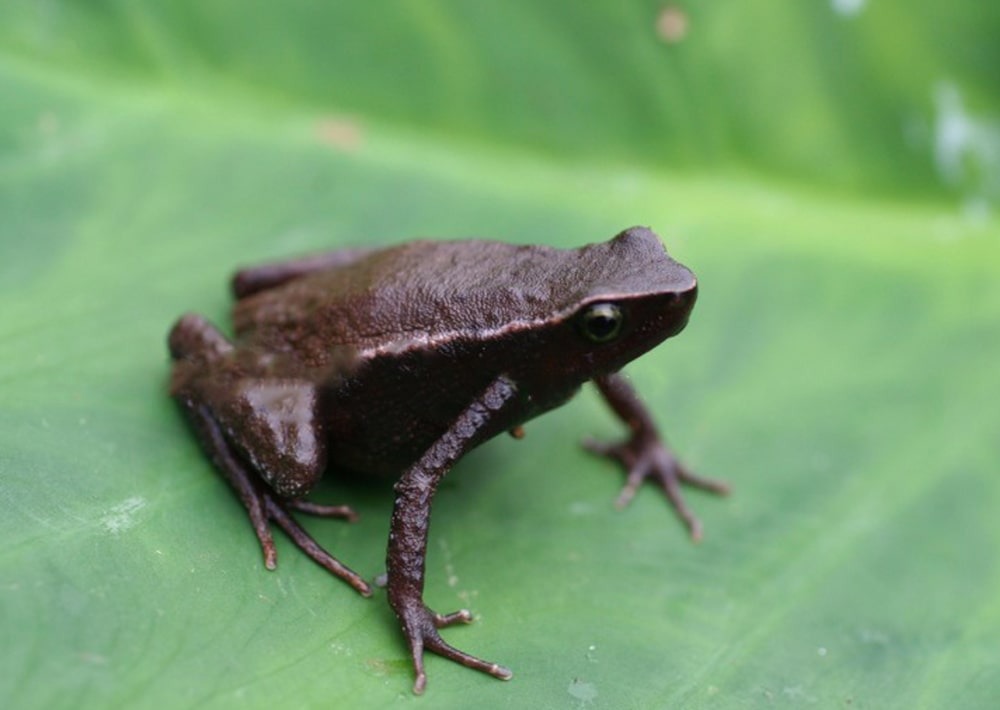
Tandy's Smalltongue Toad, by David C. Blackburn
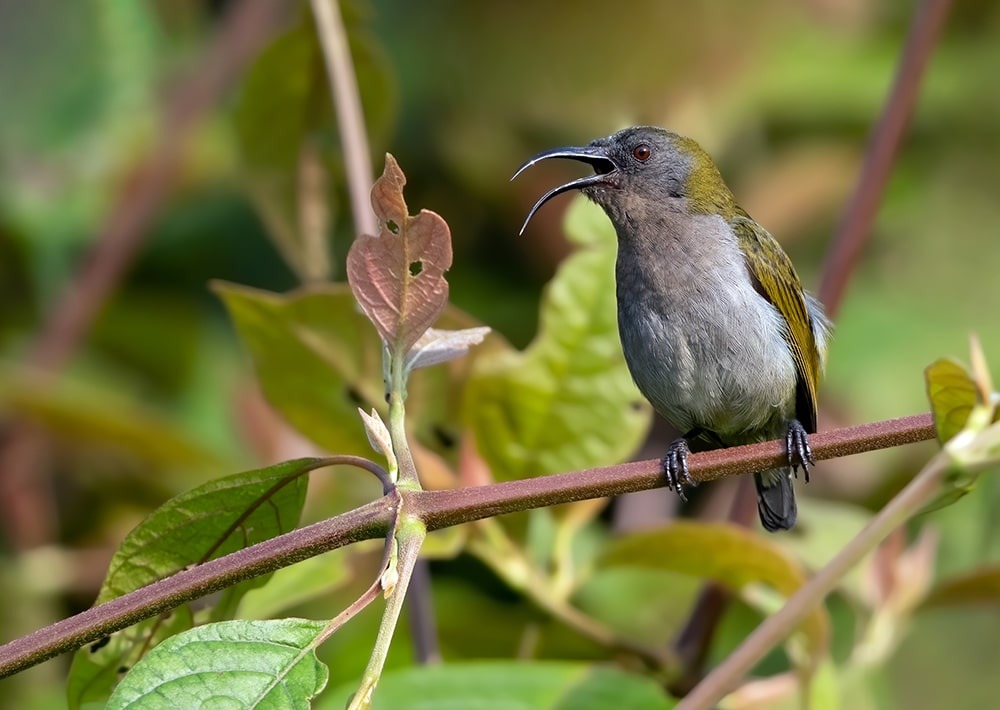
Ursula's Sunbird, by Agami Photo Agency
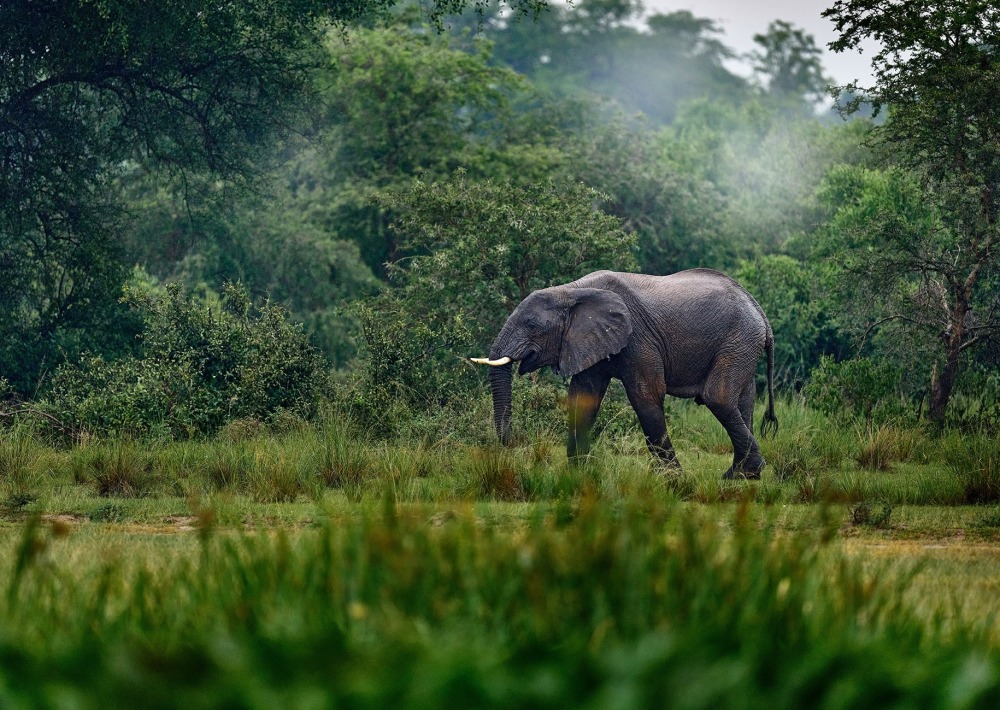
African Forest Elephant, by Ondrej Prosicky
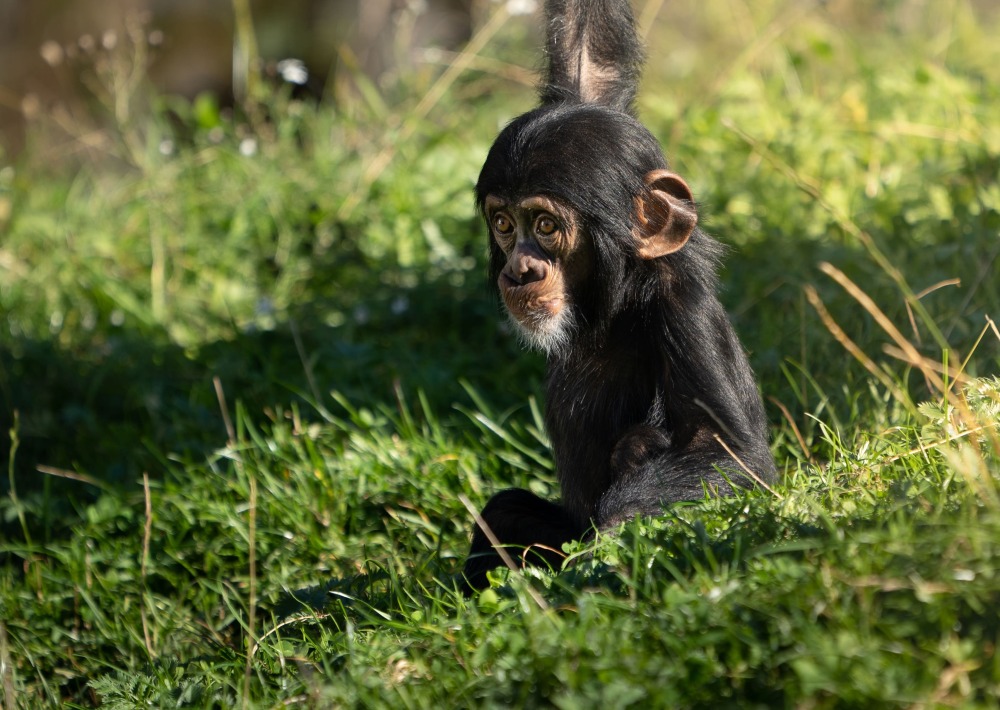
West African Baby Chimpanzee, by Photosybpatrik
Fortify Protection of Important Afromontane Habitat in Cameroon
In Cameroon, Forest Reserves were historically set aside for logging. This relatively low level of protection, combined with an absence of law enforcement and unregulated access, has already led to deforestation and poaching. This project represents the first opportunity to put into practice newly adopted national guidelines meant to ensure local communities and Indigenous Peoples are fully informed and consent to the creation of the new National Park and its management plans, and are supported in strengthening and diversifying sustainable livelihoods.
Rumpi Rata National Park will create a safe haven for some of the world’s most threatened mammals. The contiguous habitat is expected to serve as a key eco-corridor to neighboring Korup National Park and reduce human-wildlife conflicts for migrating forest elephants.
Save a Rare, Endemic Cloud Forest Tree Species
The Rumpi Hills region has exceptionally high numbers of threatened tree species thought to exist nowhere else in the world. In 2022, Kew Royal Botanic Garden described one such tree and assessed it as critically endangered—a massive cloud forest tree named Microcos rumpi that can grow to 115 to 130 feet high and 30 inches in diameter.
LEARN MORE ABOUT THIS PROJECT >>
Conservation work is critical, challenging, and can be costly. We work hard to ensure we raise only the funds needed for each project. In the rare case we raise more money than needed or a project comes in under budget, excess monies will be transferred to the Conservation Action Fund. This fund supports our important conservation work throughout the tropics.
Project Modifications
Rainforest Trust conducts extensive research and due diligence on each of the projects that we support, so that once a project is offered for public support we believe it will succeed. We work closely with our project implementers, offer support, and regularly monitor their progress. Given the nature of the work, projects may not progress exactly as intended and may be unable to meet all objectives. To respond dynamically to the needs of our project implementers and the realities of the landscapes in which they operate, Rainforest Trust expressly reserves the right to modify a project as it deems necessary, provided that donor intent is honored by ensuring that that the original project objectives are diligently pursued and that project funds continue to benefit the landscape and species identified in the project overview. Project modifications that we may need to make in certain circumstances include the specific project implementer, the size of the landscape to be protected, the type of protection to be afforded to the landscape, and the development of sustainability mechanisms.
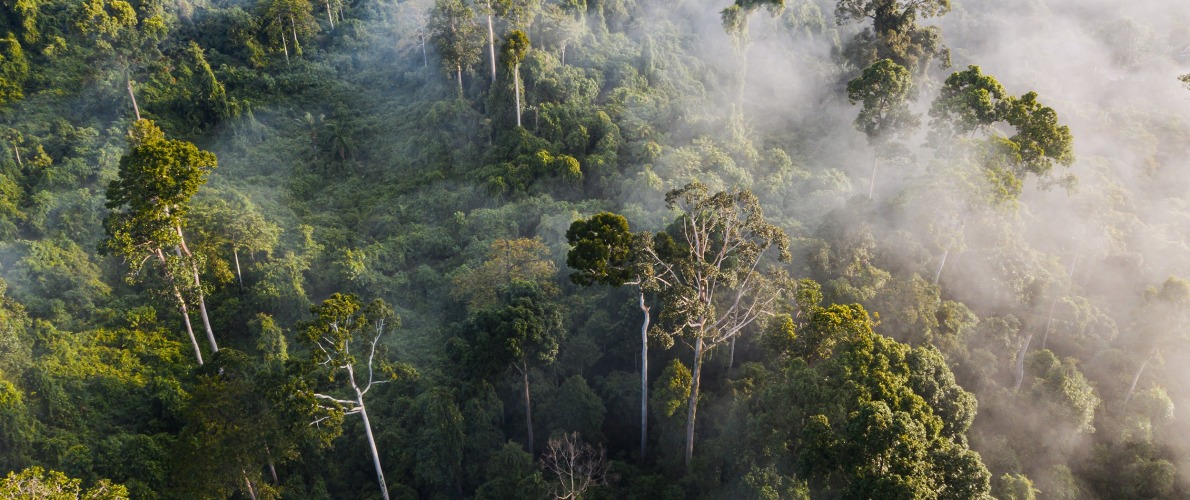
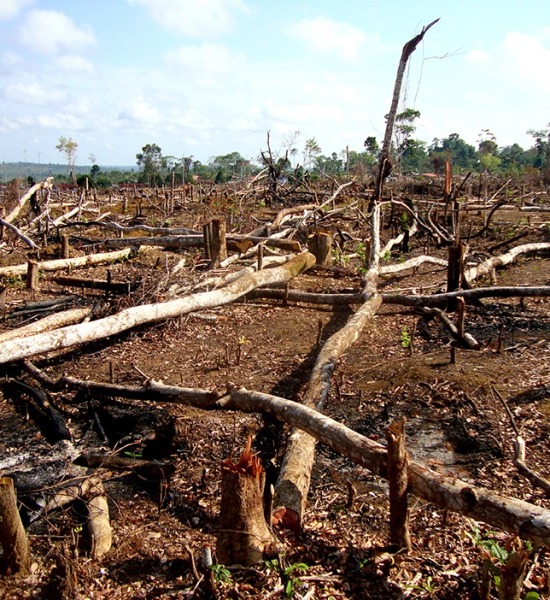
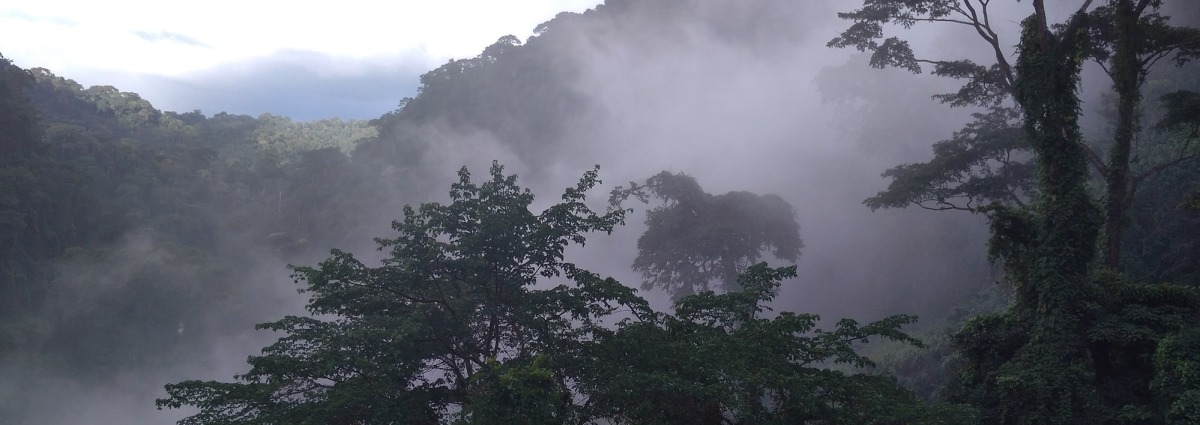
Partnering to Save Rainforest
Our partners’ ability to work with their governments and build strong connections with local communities ensures the successful implementation of our projects.
Learn More About This PartnerLearn More About This Partner
